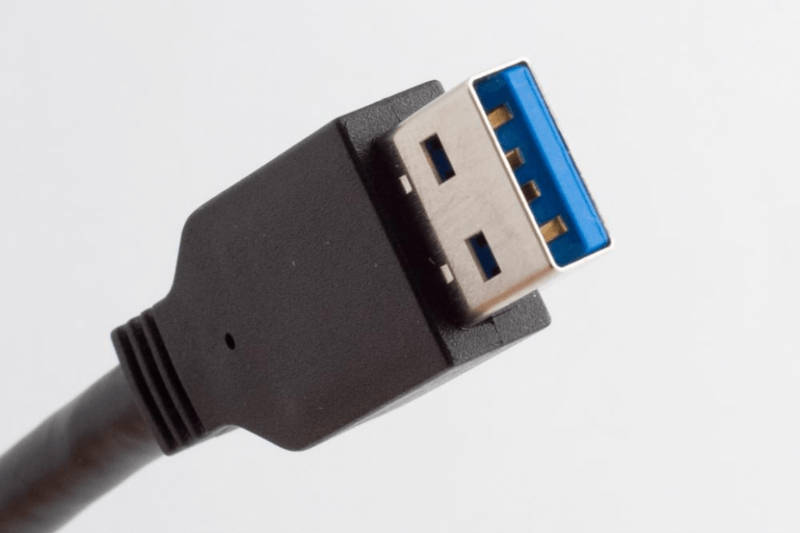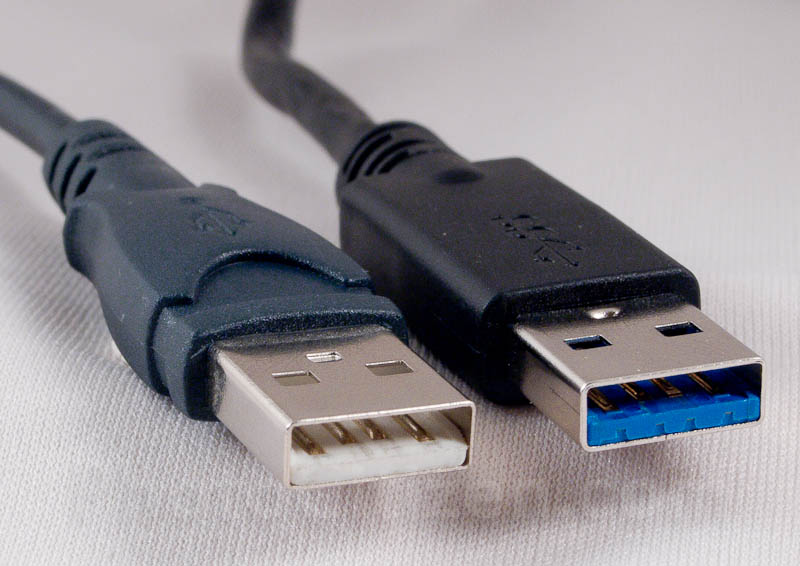
(I’m aware of Thunderbolt 4, as you’ll note in the Connection Standard section below, but stay with me! You’ll understand why TB3 is more significant by the end.) This convenience is available to the latest USB standards and Thunderbolt 3, which also uses USB-C port type. So, for example, when connecting two smartphones using a USB-C cable, you can share data and power between them. What’s more, the USB-C port type also works as the power connector for large devices, like a laptop - the machine won’t need a dedicated power port anymore - and it can deliver power both ways. The USB-C port also features reversible plug orientation, meaning you can plug the cable in with whichever side up or down. It’s super convenient - you don’t need to figure out which end of the wire goes into the host and which is for the device. In this case, both ends of the connecting cable are the same they are USB-C connectors.
.jpg)
Most modern devices use USB Type-C (or USB-C for short) port type. Each port type has its corresponding connector. The configuration of a port determines its type. The holes the cable’s ends plug into are female ports or ports for short. One end goes into a host, and the other goes into the device itself.

This cable, like all cables, has two ends, which are male connectors or connectors for short.
USB 2 VS USB 3 CABLES PORTABLE
We generally use a cable to connect a device (like a portable drive) to a host (like a computer).

Connection standard: How fast things connect


 0 kommentar(er)
0 kommentar(er)
